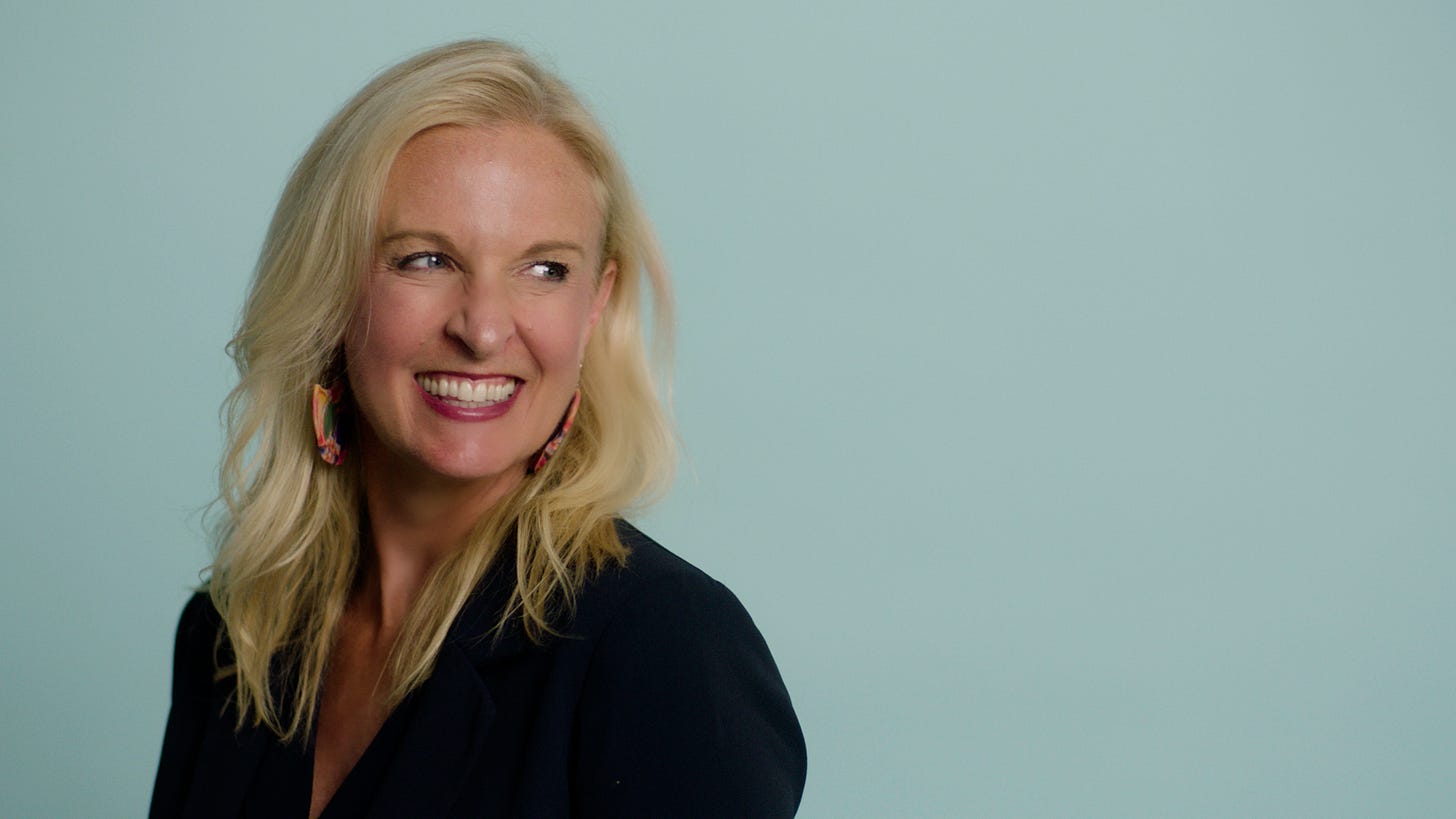Jennifer Brown on building a successful DEI function, optimal team configuration and engaging all parts of your organization.
Jennifer Brown (she/her) is an award-winning entrepreneur, speaker, author, and diversity, equity, and inclusion expert who is deeply passionate about building more inclusive workplaces where all of us can thrive.
As the Founder and CEO of Jennifer Brown Consulting (JBC), a 20-year-old certified woman- and LGBT-owned firm, Jennifer and her team design and execute inclusion strategies that have been implemented by some of the biggest companies and nonprofits in the world. She is also the bestselling author of four books on inclusive leadership, including her most recent, the second edition of How to Be an Inclusive Leader, which addresses some of the most pressing challenges of our times and how identity, privilege and equity can drive opportunity for all.
Her keynoting has taken her everywhere from Google to IBM to the NASA Space Flight Center to leading business schools around the world, and her podcast, The Will to Change, is in its fifth year, and recognized as one of the top DEI podcasts.
Dinal: In some sectors, strategic diversity and inclusion work is still nascent. What is your advice for companies that are looking to build a DEI function?
Jennifer: The most successful diversity, equity, and inclusion (DEI) functions begin with strong senior level commitment and support, and are ideally created not under duress or in response to organizational or reputational difficulties, but because there is a true vision held by the organization that having a more representative workforce, and more inclusive workplace, will be good business, good for people, and good for the world. There are several key decisions in the early days of building this function; each can be implemented simultaneously, or in stages.
DEI functions have often been created in response to crises, but ideally they spring from a strong positive vision to update and expand organizational representation and health.
Dinal: In your experience, what are the typical roles and responsibilities needed to set up a DEI function for success?
Jennifer: Hiring a DEI practitioner to lead the function is a great place to start; this role should align to leadership, and be scoped and set up for success from the top of the house, with a clear mandate and sufficient budget and resources to invest in the effort. Organizations should also always create a DEI Board or Council, made up of functional leaders who are passionate about the topic and ready to roll their sleeves up to create the DEI strategy, with the guidance and partnership of the DEI team lead.
This group of champions works closely with the CEO and sometimes the board to ensure the momentum is consistent and driven across the various parts of the business. The DEI leader works closely with the Council and the executive team to align and drive the effort through the organization.
Dinal: We know that for DEI to be successful, everyone must play a role. How does each employee contribute in their own way and what organizational readiness is needed for an impactful DEI function?
Jennifer: One way for employees at all levels to concretely contribute to DEI efforts is through participating in affinity groups. Sometimes these are called Employee Resource Groups (ERGs) or Business Resource Groups (BRGs). They are workplace communities specifically for underrepresented talent who are passionate about improving the culture and increasing opportunities for all identities. They are also some of the most diverse talent pools an organization can promote and advance, to diversify the pipeline, and to consult with on new market opportunities, products, and innovation.
Early-stage DEI functions usually start by chartering a handful of groups to begin with, including a women’s network, a Black, Hispanic, and AAPI network (or a multi-cultural network which combines identities), an LGBTQ+ network, and Disabilities. Larger organizations can have up to 12-15 ERG/BRGs with multiple chapters, as well as special interest groups that reflect life stages and challenges, including caregivers, parents, and mental health support.
These groups can and should be enlisted to help drive objectives across key domains of talent recruitment and retention, HR and performance, workplace culture, employee engagement, and customer and product insights. They should roll up to the DEI team.
They should also be assigned an executive sponsor or co-sponsors from the executive leadership of the company, to facilitate their growth, visibility, and strategic impact. Each group should not only be open to all but have a robust and specific ally engagement and support strategy.
ERGs or BRGs should not only be open to all but should also have a robust and specific ally engagement and support strategy.
As the DEI function grows, team members can be added with various specialties – such as overseeing the ERG effort, training and professional development, and/or championing particular identity-specific strategies, such as recruiting and retaining neuro-diverse talent. Successful DEI functions also strategically leverage external vendor partners on organizational assessments, building or refreshing their strategies, deploying training, and setting up ERG/BRGs.
If you’d like to get in touch with Jennifer to learn more, you can reach her here: www.jenniferbrownspeaks.com





